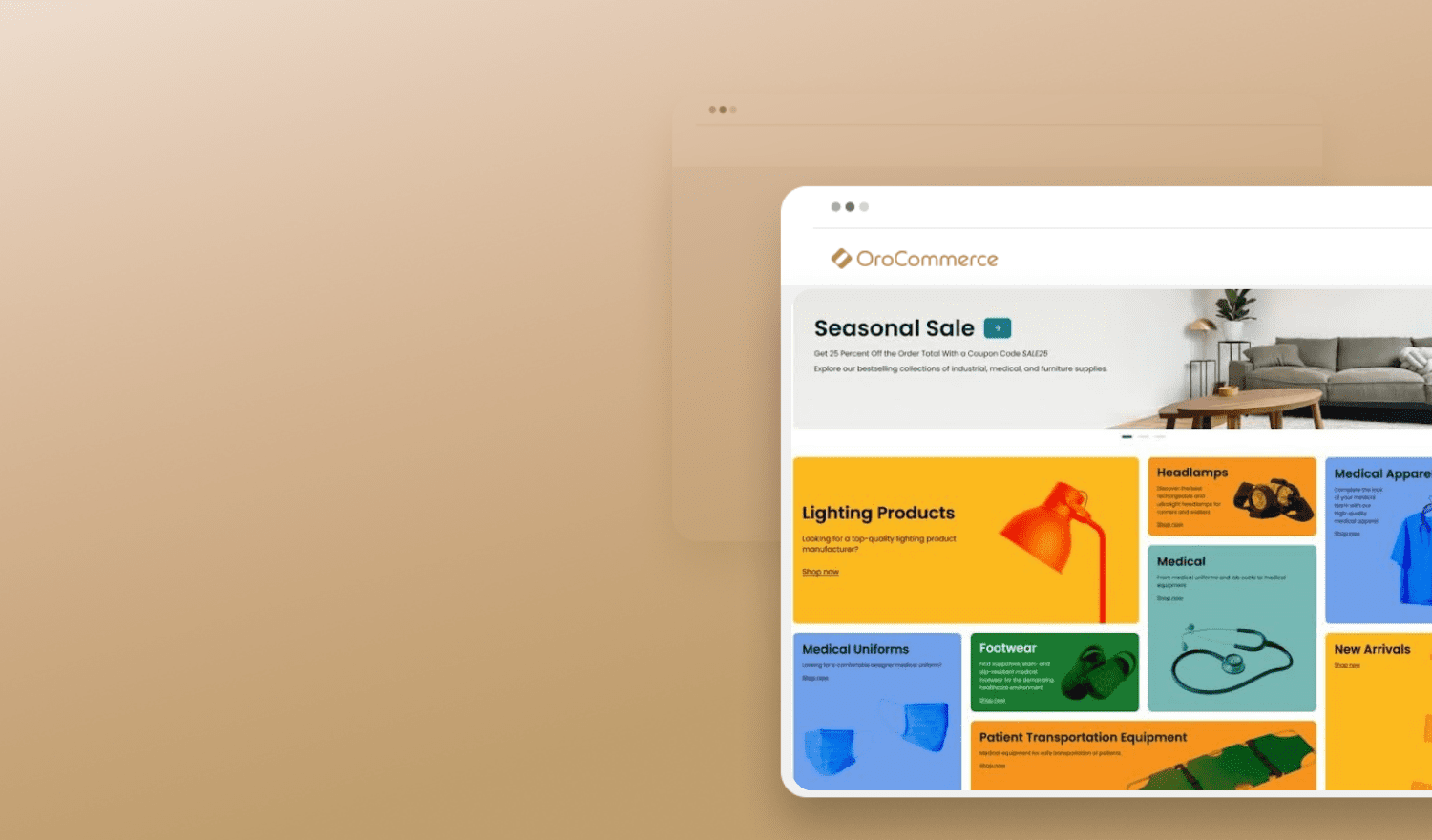In the first part of our four-part blog series on the major KPIs that businesses should monitor, we have elaborated on the customer retention and churn metrics. In today’s post, we’ll proceed to the Customer Lifetime Value (CLV) metric, an important success tracker that B2B companies can employ alongside other core metrics.
Regardless of whether you have just launched a new eCommerce program or if you just want to improve on your established B2B store, your company will need to measure its progress towards specific objectives using key performance indicators (KPIs).
What Does the CLV Measure?
To put it plainly, CLV is the value a client brings into your business over the course of their entire relationship with your organization, from their first encounter to their last transaction.
In a B2B environment in contrast to B2C, long-term relationships between businesses are much more common and so the chance for repeat purchases is higher. But as B2B companies usually get a smaller pool of potential customers the competition is intense and the cost of acquisition of a new client is really high. So it gives even more incentive to B2B businesses to care about measuring and increasing their customer lifetime values.
It’s possible to calculate the customer lifetime value using different ways. In the most basic formula, CLV equals an average order value multiplied by the number of repeat sales and multiplied by an average retention period.
Why Is the CLV a Valuable KPI?
As previously mentioned, knowing CLV is important because it measures the net profit amount a business is looking to generate from a client during the relationships with them and forecasts the probability of a repeat business with these customers. This data may help in defining which areas/customers your organization should allocate its resources in order to obtain the highest return.
The CLV metric can show whether to invest across various acquisition channels, to execute retention strategies to win back customers with their repeat purchases, or even to change pricing policies that may result in more fruitful and longer-lasting customer relationships.
All in all, making use of the customer lifetime value is vital to maintaining a robust business model. It is both easier and more cost-friendly to retain existing customers than to find and engage with new prospects.
Let’s look what exactly one should do after they’ve calculated their CLVs.
Step 1: Customer Segmentation
The first thing you want to do after you have calculated your CLV is defining proper customer segments and profile your customer base. All you have to do is match the calculated CLV values and allocate your customers to their respective segments (e.g. VIP customers, infrequent customers, seasonal customers, etc.). Once you’ve identified your top, middle, and low-end customers, you can analyze and profile these segments to start building targeted marketing messaging based on the type of customer.
Step 2: High-Value Customers Analysis
The CLV metric will, of course, help you define who your most valuable customers are. You will probably find that the old Pareto principle holds true – the top 20% of your clients produce 80% of your profits. Thus, these customers deserve particular attention from your business. Once you use CLV to recognize such clients, you will get a better idea of where you should target your client service resources.
The other thing you need to do at this step is make sure you carefully study who those best 20% are, what are their pain points, how exactly they are using your products and why it is convenient for them to stay with you brand. These customers are invaluable source of information on your target audience interests, needs and behaviours. So your task is to make sure you are able to identify potential long-term customers among your leads and nurture them to become your VIP clients.
In a similar manner, you can use CLV to identify your lowest value customers and to figure out the reasons why they fail to stay active with your company (e.g. by conducting customer satisfaction surveys). This will help you to adopt a global framework for customer experience improvement as you can reach out to your customers with special offers and deals so that they remain viable prospects. Alternatively you may find that there are customer segments that you don’t want to work with at all. Sometimes, it is wiser to say “no” to a client if you know your business cannot fully satisfy their needs. However, these decisions should be based on data and analysis rather than gut-feel. Analyzing the CLV can help in all these efforts.
Step 3: Map it to Customer Acquisition Cost
Another benefit of measuring CLV is that it can give businesses a chance to reconsider their approach toward customer acquisition and the costs associated with this process. CAC, or Customer Acquisition Cost, is the average spend required to convert a new client. This will give insight into incremental cash flows generated by a client since their acquisition. Mapping CAC to CLV and optimizing both metrics will be key in scaling the success of your business.
An important note worth mentioning here is that it can actually be far more lucrative investing in a fewer number of customers with a greater maximum value than a larger number of customers at a minimum cost. However, to understand which strategy to implement, it all funnels down into understanding your CLV.
Step 4: Make Your Conclusions
Careful analysis of the CLV KPI and mapping it with other metrics can give rich insights. Namely:
- you might want to reconsider your retention and loyalty programs or introduce them if you previously had none;
- you should get a better understanding of where you need to direct most of your marketing dollars and reconsider the messaging you put out there to promote your brand;
- you should improve on your products or/and services to better cater to the most profitable clients’ needs;
- you might even reconsider your long-term business strategy or start expanding your business and investing in other products or services your clients are interested in.
Bottomline
Although CLV measures the total value a customer brings to your business during their lifespan, it doesn’t measure your actual profit. Rather, it’s an indicator that can help predict and control how much your organization will benefit from a relationship with a certain customer in the future.
With the help of this KPI, you can not only reconsider existing customer retention and loyalty programs, reposition the focus of company’s marketing efforts, and detect what you probably should improve on products or services, but you can also identify your most profitable acquisition channels and lucrative customers.
Make sure to check out our first post in the series on customer retention, the B2B churn rate optimization, and our comprehensive guide to online B2B marketplace metrics. The next KPI topic will be analyzing lead quality indicators.



